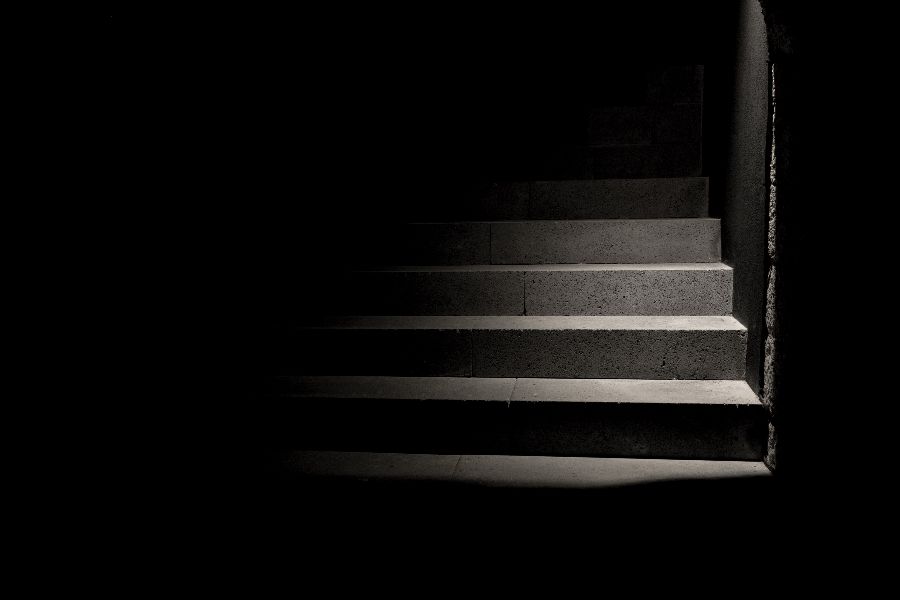
Successful action for damages relating to fall on unlit stairs

A recent decision from The All-Scotland Sheriff Personal Injury Court (Karla Hodgson v Castlehill Housing Association Limited) deals with the issue of Occupiers Liability and whether the Housing Association was at fault for an accident on an unlit stair.
At around 8pm on a winter night, Ms. Hodgson was walking home via a footpath involving going down six concrete steps. There was a handrail which ended at the second bottom step. Illumination provided by a nearby lamp-post only reached the top step and part of the second top step. Other than that, the stairs were in darkness. As Ms. Hodgson went down the stairs, when the handrail came to an end, she assumed she had reached the bottom. In the darkness, she did not see that there was one further step to negotiate. She fell, sustaining severe injuries to her right shoulder and damaging her right knee and leg. She is left with a risk of developing osteoarthritis in her shoulder.
It was not disputed between the parties that the Housing Association is the occupier of the premises and they owed Ms. Hodgson a duty of care. Two of the key issues were whether the Housing Association was in breach of its duty of care and if so, whether Ms. Hodgson was contributorily negligent. The Court heard some expert evidence from an engineering specialist in lighting who advised the Court that on the basis of the relevant British Standard, the appropriate level of illumination for the stairs was at least 20 lux. While a light meter reading had not been taken at the time of the accident, the stairs were so dark that the bottom steps were not visible to someone using them. The level of illumination fell far below the level recommended by the British Standard. Failure to comply with a British Standard does not in itself equate to negligence. However, the Standard is a relevant consideration to be taken into account. Taking account of all the evidence, the Sheriff concluded that the lighting on the stairs was inadequate and constituted a danger.
While there were no reported prior accidents or complaints regarding the lack of lighting on the steps, the Sheriff considered that the Housing Association had knowledge of the danger through their employee, a Mr. Beadie who would check the premises. He was a regular visitor to the premises and had not been concerned by the poor lighting. The Court held however that the lighting conditions were inadequate and the fact the handrail stopped short of the foot of the stairs gave a false impression that the ground had been reached. This all constituted a danger of which they had knowledge. Sheriff Keir held that armed with that knowledge, the obvious precaution to take was the installation of a dedicated light as they had in fact done at some point following the accident.
The Sheriff then turned to consider whether Ms. Hodgson was at fault to any extent. In view of her evidence that she descended the stairs carefully one step at a time, while holding onto the handrail, he did not consider it appropriate to make any reduction whatsoever for contributory negligence. In conclusion, Ms. Hodgson was awarded damages in the sum of £17,000.
This is a further useful decision in the area of Occupiers Liability. There are relatively few reported cases relating to accidents caused by lack of lighting and it is therefore helpful to be able to analyse the Court’s approach to such a situation and the extent to which the British Standard was regarded as relevant.
Photo by Carolina Pimenta
Email Julie Harris
Call our personal injury claims team free on 0808 560 0872
Arrange a callback by using our enquiry form
Share this page
- Personal injury claims
- Our personal injury team
- How to make a personal injury compensation claim
- How to choose a personal injury solicitor
- Claim now
- Personal injury claim calculator
- How claims are valued
- Frequently asked questions
- Types of personal injury claim
- How to sue someone in the Scottish courts
- Recent successes
- Case studies
- Testimonials
- Injury Compensation Alliance

